
Oakleaf Hydrangea
Hydrangea quercifolia(hy-DRAIN-juh) (kwer-se-FOH-lee-uh)
Click Here for a Larger VersionOn December 5th Oakleaf Hydrangea was posted on this site. There were also a couple of pictures from Sedona, Arizona on that post. So when skimming some files from last fall I found this different fall color picture of Hydrangea and I also knew that I had this other picture of Cathedral Rock ready to go.
Oakleaf Hydrangea is usually nice to have in the garden. The flowers aren’t as familiar to people as the more common types of Hydrangea but are nice. One reason I like them is the plants are not as water hungry as the lace caps or mop head types. So in summer the Oakleaf often look better if your garden is a little dry. This type of Hydrangea has three seasons of interest summer: flowers, fall: leaf color, winter, nice bark. The deer do seem to like to nibble them.
Yesterday was our first day back at work and I have to admit I am a little whooped. The garden was in pretty good shape from the winter although I have found that there are two types of damage to look out for this time of year. There is the surface and easily apparent damage and the more subtle underlying things that you noticed only on very close inspection or later when the malfunction cannot be missed.
The first thing I noticed was the broadleaf evergreens (rhododendrons, holly, Andromeda, Mountain laurel) foliage was not brunt. That is a sure sign that the winter wasn’t that bad and although this winter seemed to go on forever we didn’t really have a lot of super cold temperatures here in Connecticut. We also had a nice blanket of snow, which provided insulation for most of the winter.
There were quite a few flowers out including all of the normal early spring stuff (Crocuses) and with the beautiful weather there seemed to be a lot of pent up energy just waiting to burst forth. The buds on most plants didn’t seem to be damaged so hopefully it will be a nice spring.
To everyone, Have a great first day of Spring!
 Click Here for a Larger Version
Click Here for a Larger VersionThis next picture is from Sedona, Arizona and is a view of Cathedral Rock. It is a beautiful area of Sedona and you can hike up to the gaps of the rock. I found they trail along the river (creek) to be fascinating but didn’t get much from the Vortex located in the area. Here is a good reference site for the Cathedral Rock area and all of Sedona.
Gateway to Sedona



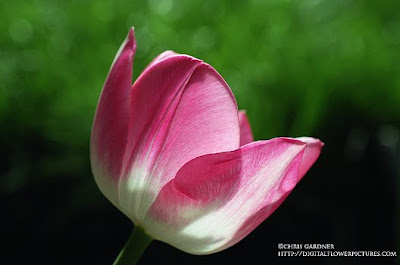
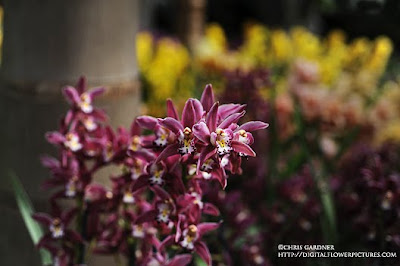
 Vanda Pakchong Blue "Ben"
Vanda Pakchong Blue "Ben"
 Rose of Sharon
Rose of Sharon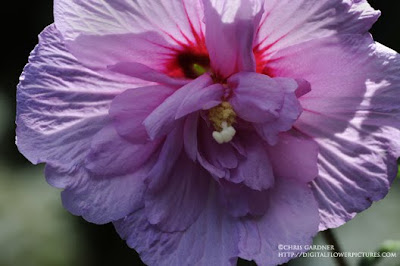 Click Here for a Larger Version
Click Here for a Larger Version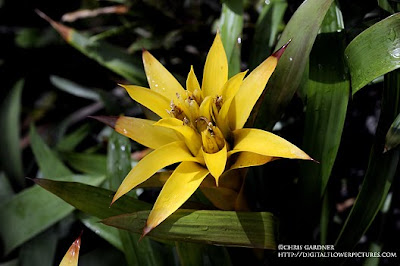 Guzmania
Guzmania Shower of Orchids
Shower of Orchids Click Here for a Larger Version
Click Here for a Larger Version Click Here for a Larger Version
Click Here for a Larger Version
 Click Here for a Larger Version
Click Here for a Larger Version
 Click Here for a Larger Version
Click Here for a Larger Version

 Click Here for a Larger Version
Click Here for a Larger Version
 Flowering Crabapple
Flowering Crabapple
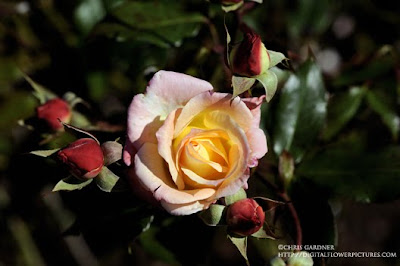
 Lokelani Rose
Lokelani Rose
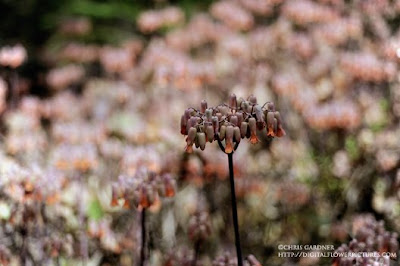 Click Here for a Larger Version
Click Here for a Larger Version

 Basket Fern
Basket Fern
 Click Here for a Larger Version
Click Here for a Larger Version

 Click Here for a Larger Version
Click Here for a Larger Version

 Pink Fruiting Banana
Pink Fruiting Banana
 Click Here for a Larger Version
Click Here for a Larger Version

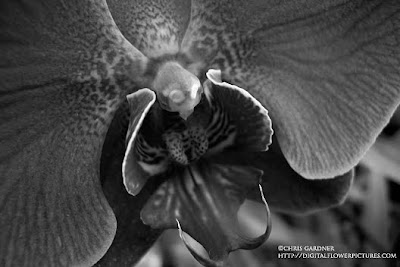 Click Here for a Larger Version
Click Here for a Larger Version Orchid Show NYC-2010
Orchid Show NYC-2010 Click Here for a Larger Version
Click Here for a Larger Version
 Click Here for a Larger Version
Click Here for a Larger Version

 'Honey and Spice' Daylily Click Here for a Larger Version
'Honey and Spice' Daylily Click Here for a Larger Version